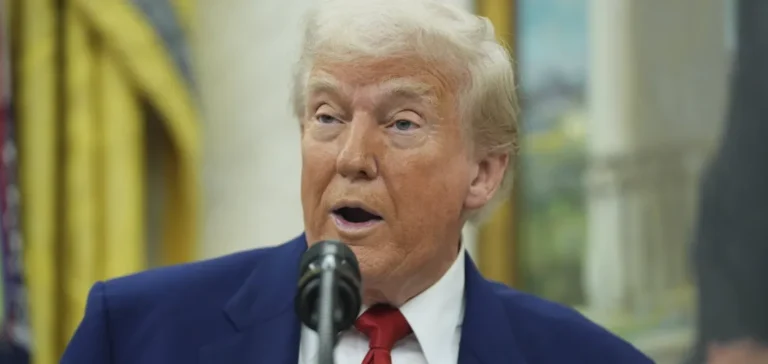US President Donald Trump has signed legislation significantly strengthening tax incentives related to the capture and utilization of carbon dioxide (CO₂), particularly linked to oil extraction. This measure primarily targets Enhanced Oil Recovery (EOR), a technique involving injecting captured CO₂ into mature oil reservoirs to enhance their productivity. The tax credit awarded to companies employing this method now reaches $85 per ton of captured CO₂, an increase of $25 compared to the previous regulation. This adjustment aligns EOR incentives with those provided for traditional geological carbon sequestration.
Increased credits for direct air capture
The legislation also introduces increased credits for projects employing direct air capture technologies, now set at $180 per ton of CO₂, up from the previous $130. This substantial rise aims to improve the economic viability of these costly technologies, previously limited by financial constraints. Simultaneously, alternative industrial projects using captured CO₂, such as synthetic fuel production or beverage carbonation, also benefit from the increased credit of $85 per ton. These new provisions are drawing significant attention within the US energy sector, particularly due to their potential economic impact.
Adjustments to the 45Q tax credit occur within a federal budgetary context marked by reductions in direct aid previously allocated to other renewable energy technologies. Several proposals discussed in earlier versions of the legislation, such as the transferability of tax credits or new indexing of rates for inflation, were abandoned, thus altering initial economic forecasts for the affected actors. This reform of carbon taxation comes as the oil sector seeks to enhance the profitability of its existing operations, within an economic environment still characterized by volatile crude prices.
Economic and regulatory challenges of the measure
While industry participants generally show interest in these new measures, several experts estimate their impact will primarily benefit projects already near profitability thresholds. Given the high technical and financial barriers to entry, these incentives alone are unlikely to attract significant numbers of new entrants into EOR operations. Projects already planned or underway, however, could decisively leverage these enhanced tax credits to improve short-term profitability.
Moreover, the new fiscal framework could simplify regulatory processes linked to obtaining permits necessary for building infrastructures dedicated to transporting and storing captured CO₂. This potential administrative simplification is seen as a decisive factor further strengthening the economic attractiveness of carbon capture technologies among investors in the petroleum sector. These actors are currently closely evaluating the concrete implications of the regulatory changes on their operational plans and future development strategies.
Implications for the US oil market
These tax adjustments come at a time when American oil producers are closely monitoring their overall economic competitiveness, heavily influenced by tight operational margins. Increased tax credits could thus enable operators to optimize existing installations, particularly in traditional oil-producing regions where EOR is commonly employed. However, the long-term consequences of this fiscal policy for the broader US carbon capture market remain to be accurately assessed, particularly regarding the overall investment impact on these costly technologies.






















